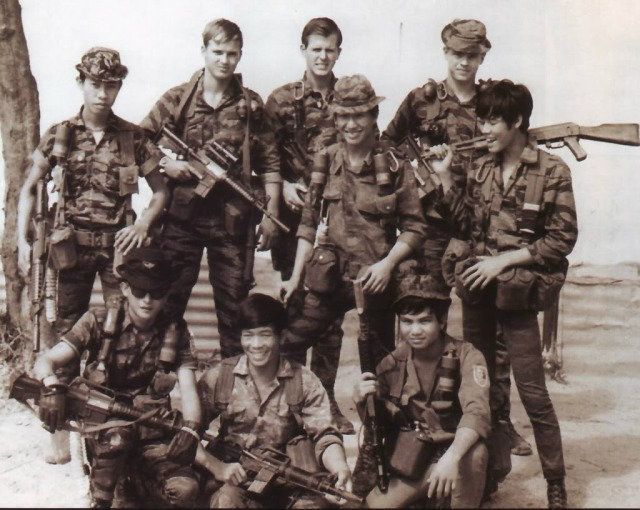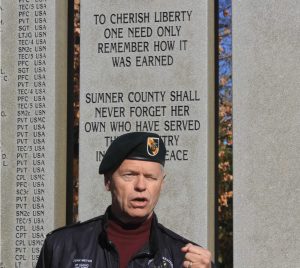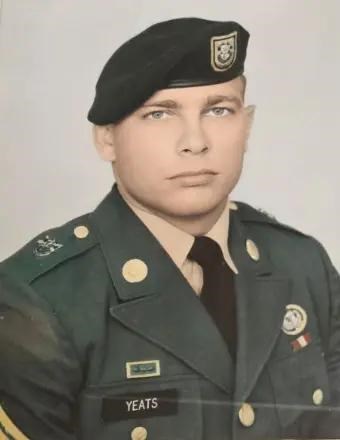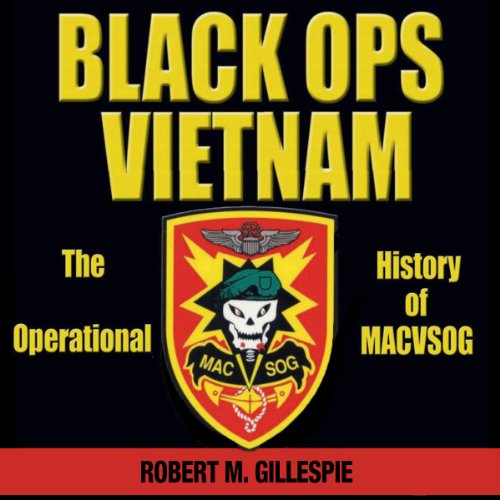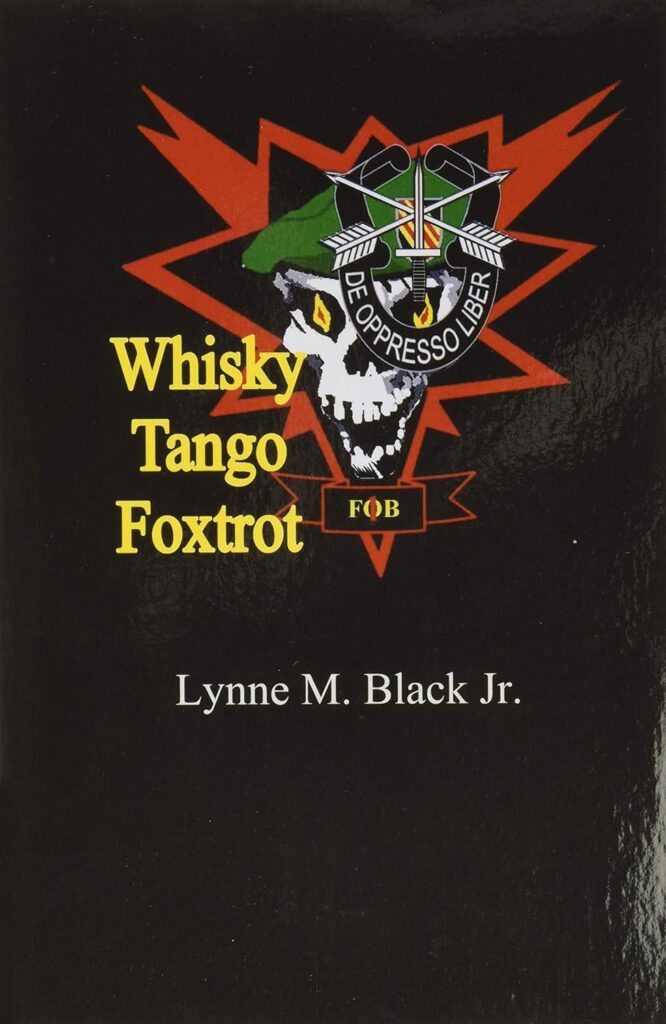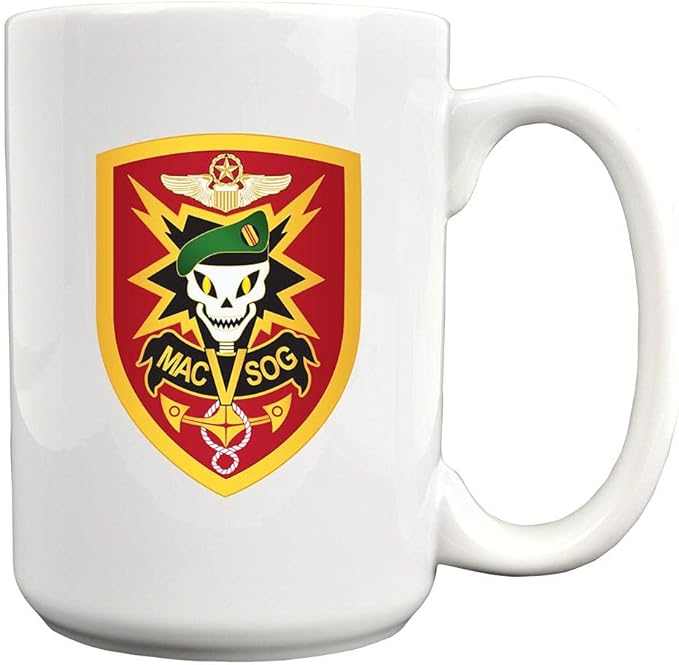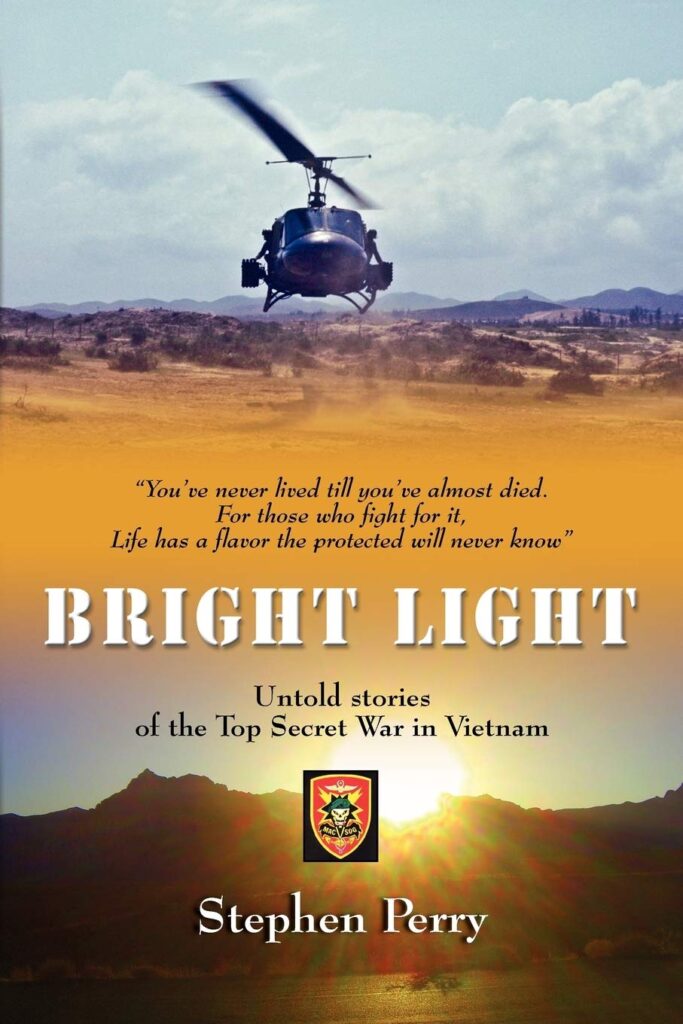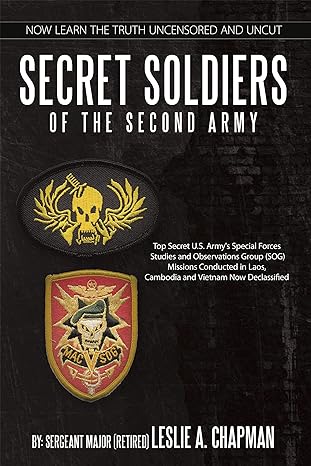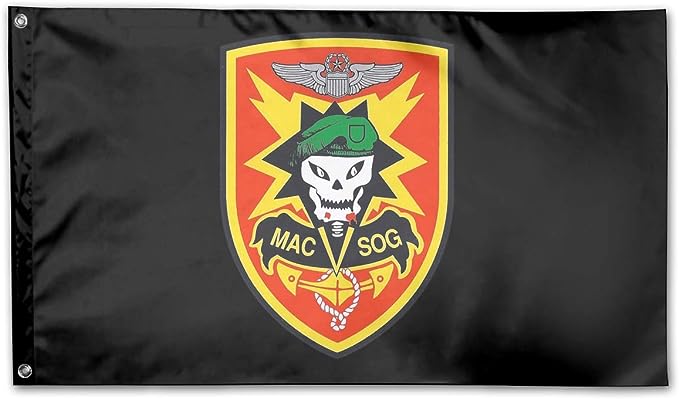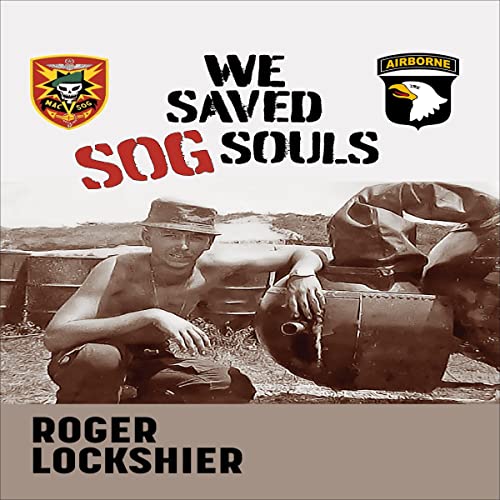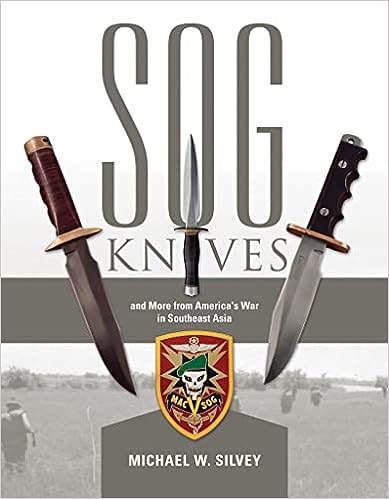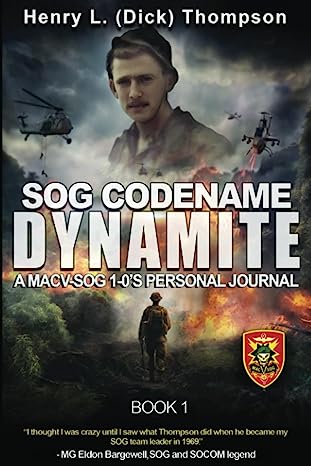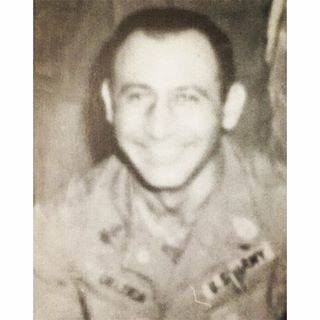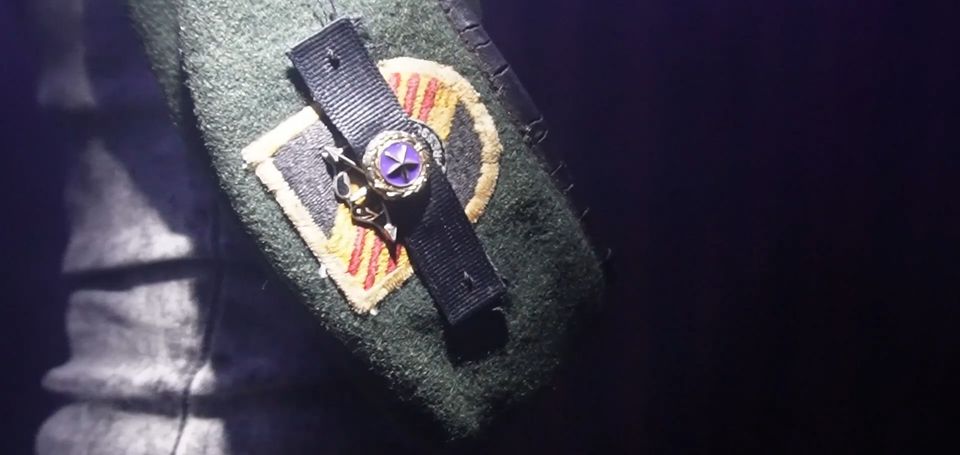https://sogsite.com/john-stryker-tilt-meyer/
After seven days of weather delays, false starts, and enemy rocket attacks at the top-secret Military Assistance Command Vietnam – Studies and Observations Group (MACV-SOG) compound in Kontum and at the Dak To launch site, Green Beret Capt. Eugene McCarley gave the order to move out to 15 Green Berets and 120 Montagnard mercenaries who were based in Kontum, at Command and Control Central (CCC).
McCarley was the commanding officer of the B Company Hatchet Force selected to conduct a mission far beyond the area of routinely authorized SOG operations: This operation planned to go south of the Bolovens Plateau on Sept. 11, 1970, and would go deeper into Laos than any SOG operation in history. The CIA’s Operation Gauntlet was launched Sept. 3, 1970, with 5,000 irregular troops, according to DoD reports. The communist North Vietnamese Army was attacking in force, bogging down that operation. Company B’s mission was to take pressure off of the CIA’s operation by “raising hell in Laos,” McCarley told SOFREP recently.
On the morning of Sept. 11, four of the powerful, Marine Corps CH-53D Sikorsky twin-engine helicopters in HMH-463, based at the Corps’ Marble Mountain Air Facility, landed outside the CCC compound and loaded up the 136-man unit. SOG brass had turned to the Marine Corps’ aviation wing that flew the largest troop carriers to reach deep into Laos, 25 kilometers beyond the normal SOG area of operations. A fifth CH-53D helicopter followed the flight as the SAR (search and rescue) aircraft in case one of the four choppers got shot down.
Escorted by six Marine Corps HML-367 Cobra (call sign Scarface) gunships, the helicopters headed north to refuel at Dak To before heading into the target area. After refueling, they flew north, parallel to the border for a while before taking a left turn, heading due west into the target area. As the small air armada churned westward, a small pathfinder team was inserted to secure the LZs before the CH-53Ds arrived. B Company First Sgt. Morris Adair, SSG William Scherer, and Sgt. David Young secured the LZ with no enemy response. In short order, the forward air controller, code name Covey, began directing F-4 Phantom jet bombing runs, followed in close order by Air Force A-1 Skyraiders and Scarface gunships.
Air Force Lt. Col. Mel Swanson, the commanding officer for A-1s said the LZ “resembled most SOG LZs—hot. It was another day at the office for our SPADs (A-1s); we prepped the LZ and provided firepower wherever Covey sent us.”
“It was a hot zone from the moment we arrived,” Scarface Cobra pilot Joe Driscoll told SOFREP. “We took several hits on the first gun run. During the insertion of the team, Scarface pilot (1st Lt.) Sid Baker and I were surprised by the volume of fire. In fact, we took hits in our rocket pods, we had bullet holes in our tail boom, and they shot out our radio. When the Cobras made their final gun run, we followed our SOP, which was to stay in formation and keep an eye out for enemy soldiers firing at us.” Because they had no radio contact, Driscoll and Baker simply flew through the pattern to cover the ship in front of them without firing. “The enemy didn’t know we had no radios…I’ll tell you one thing, that was a hot target,” Driscoll said. “We were moving targets, the CH-53s were static targets, but they went in, dropped off the troops and got out of there posthaste.
And, the CH-53Ds were big targets. McCarley said all of the CH-53Ds were hit by enemy ground fire while en route to the target. “I’d never received so much ground fire while flying to a target,” he said. “It sounded like a BB gun shooting a tin can.” It wasn’t BBs that the troops heard, but enemy rounds. By the time B Company exited the helicopters, four Montagnards had been wounded from enemy gunfire. One died while flying back to base. Green Beret medic Sgt. Gary Michael Rose added: “It was strange, exiting the chopper, stepping over the WIAs to get on the ground.”
Under ordinary SOG mission SOPs, any recon team or hatchet force that received enemy ground fire and men wounded in action prior to getting on the ground would cancel the mission insertion.
This was no ordinary mission. Company B moved off the helicopters and was on the ground in Laos shortly afternoon.
However, one truism of the Vietnam War, as well as the eight-year secret war, was the communist forces fought when they wanted to fight. Thus, when McCarley and the remaining 131 members of B Company settled into the wood line, they found “complete and utter silence,” he said. “It was so strange. The aircraft had pulled back, we were on the ground and there were no enemy soldiers, no noise, no birds, nothing.”
McCarley wasted no time; the company moved out in a northwest direction. And then the men of B Company had another surprise: After moving less than 400 meters from the LZ, the point element of the company reported seeing huts. First Platoon deployed two squads to search the area. They found an enemy ammo dump, 20 bunkers spread out over 500 meters, hidden under the jungle canopy with vegetation and dark covers.
After setting up perimeter security, the B Company troops pulled together a quick inventory of what they found, picked up samples while demolitions experts SFC Bernard Bright and SP5 Craig Schmidt photographed, identified the weapons and ammo, and began setting up explosive charges with 13.5-minute delay fuses in the two larger structures, with white phosphorus grenades attached to each charge to better mark the exact location for Covey, who would then direct airstrikes on that position.
The NVA phone rings
While the B Company team worked on this cache, McCarley had one of the most unique moments in his 28 years of military service. As he and a few SF soldiers were looking at a map, a telephone rang. “I couldn’t believe it. A phone rang in the middle of Laos,” McCarley said. “So, being SF, one of our guys picked up the phone and answered it: ‘Hello. Fifth Special Forces Group, may we help you?’ or something to that effect. Can you imagine the reaction of the communist on the other end of that phone?! To this day, just thinking about that makes me laugh.”
As the SF men chuckled at the phone call, others were compiling an impressive list of enemy weapons contained in the bunkers: 500 140mm rockets; 300 B-40 rockets; 300 82mm rounds; 2000 23mm anti-aircraft shells; 12,000 rounds of small-arms ammo, and 40 bicycles.
Not resting on its laurels, B Company moved north, with the First Platoon breaking point. In a short distance, First Platoon found a trail, crossed it, and were proceeding north when Adair and 2nd Platoon Squad Leader Mike Hagen observed several NVA soldiers on the trail and opened fire on them. An NVA 7.62mm round went through Hagen’s gas mask and slammed into his leg. Bernie Bright was slightly wounded: “The round actually parted his hair,” said McCarley. “You can’t get much closer than that.” The NVA fled the area and B Company continued to head north.
As they marched, they heard two large explosions back at the NVA bunkers. The white phosphorus grenades that Bright and Schmidt attached to the demo charges emitted large plumes of white smoke, smoke that Covey readily picked up and used to direct follow-up air strikes. Secondary explosions would continue for more than five hours, McCarley said.
B Company then made contact with a NVA company, which lasted for close to an hour. The hatchet force men used close air strikes from Scarface Cobras and A1 SPADs and skillful squad tactics against the surprised NVA to drive them off.
As darkness approached, McCarley and the point element began looking for a location to set up a RON (remain over night) for part of the night. “We had stopped for a commo check when they fired one B-40 rocket into our command post,” McCarley said. Rose added, “We were fortunate in one small way: The rocket flew past all of us before striking a bamboo thicket. Thus, when the shrapnel exploded, those of us injured by it didn’t get the full, head-on blunt force of metal shards, as the forward momentum of the rocket exploded into the bamboo.”
Forty-five years after that rocket explosion, Rose had one lasting mental image from it: “It’s funny, I can’t remember much about it except that all of a sudden I was flying through the air. At some point, while airborne, I looked up and saw blue sky. It was beautiful…and then I landed.”
“Rose showed us what he was made of that day,” McCarley said. “He immediately started to go to work on the wounded, because everyone in the CP at that time had varying degrees of injuries. In fact, Rose had a serious foot injury. Somehow, the shrapnel had sliced open his jungle boot and cut into his foot. What did he do? He pulled out an Ace bandage, wrapped it around his foot, used his CAR-15 as a crutch, and began treating our wounded.”
The most seriously wounded was a South Vietnamese lieutenant. Shrapnel sliced into his right thigh, to the bone, in addition to other shrapnel wounds. “We stopped and licked our wounds as Rose patched up our people,” McCarley said. As Rose worked on the wounded, McCarley established radio contact with one of the two airborne command and control centers’ EC-130 aircraft that flew during Operation Tailwind, and regularly provided communication links between SOG teams or hatchet forces on the ground with Covey and tactical air assets. The day code name for the command center was Hillsborough, while the night EC-130 was Moonbeam.
McCarley’s plan was to continue to move at night, and if B Company made contact with the enemy, the Special Forces men would determine whether to attack them, maneuver around them, or simply pull back and call in fixed-wing gunships, which could bring deadly fire from the sky upon enemy troops on the ground. By 1970, the original gunships, C-47s called “Puff The Magic Dragon” or “Spooky,” had been replaced by three different gunships, all of which had more weapons, sensors, a forward-looking infrared system, and additional weight capacity for more ammo and night flares: the AC-119G, the old two-engine “Flying Boxcar,” code-named “Shadow”; an AC-119K, which had two J-58 jet engines added for increased speed and lift capacity, code-named “Stinger;” and the four-engine, jet-assisted AC-130. They carried four miniguns, two 20mm multi-barrel Gatling cannons, and flares. McCarley, Adair, and a few other B Company SF men carried small transistor radio-sized transponders which emitted an electronic signal that the gunship could lock in on and use as a point of reference when directing gunfire onto enemy positions.
Finally, Rose rigged two stretchers from rubber ponchos, supported by thick bamboo poles, and tied them down with six-foot sections of rope used for Swiss seats in rope extractions from LZs too small for helicopters to land. They would now be able to carry the most seriously wounded indigenous troops. When Rose gave McCarley the okay, B Company took the bold step of moving out at night. “I wasn’t going to let them tie us down in one position and then hammer us. By moving, they didn’t know exactly where we were. There were skirmishes. A few times we ran into a few NVA; after contact, we’d move on. If there was a larger element, we could pull back and call in a gunship strike. We had flare ships over us every night.”
B Company continued to march west, deeper into Laos. The deeper B Company Green Berets and their Montagnards headed west, the more they enhanced their primary goal of being a diversion to the NVA forces attacking the CIA’s Operation Catapult.
The going wasn’t easy: by dawn, nine of the 16 Americans had been wounded. Rose and his indigenous medic counterpart, Koch, worked tirelessly on the wounded all night, even as they moved through the dark jungle.
Born Jan. 19, 1946, John Stryker Meyer entered the Army Dec. 1, 1966, completed basic training at Ft. Dix, N.J., advanced infantry training at Ft. Gordon, Ga., jump school at Ft. Benning, Ga., and graduated from the Special Forces Qualification Course in Dec. 1967. He arrived at FOB 1 Phu Bai in May 1968, where he joined Spike Team Idaho, which transferred to Command & Control North, CCN in Da Nang, January 1969. In October 1969 he rejoined RT Idaho at CCN. That tour of duty ended suddenly in April 1970. Today he is a program director at the Veterans Affordable Housing Program, based in Orange, CA and joined the SOFREP team of correspondents in March 2015. He has written two non-fiction books on SOG secret wars: Across The Fence: The Secret War in Vietnam – Expanded Edition, and Co-Authored On The Ground: The Secret War in Vietnam with John E. Peters, a member of RT Rhode Island. Meyer’s website is: www.sogchronicles.com.


